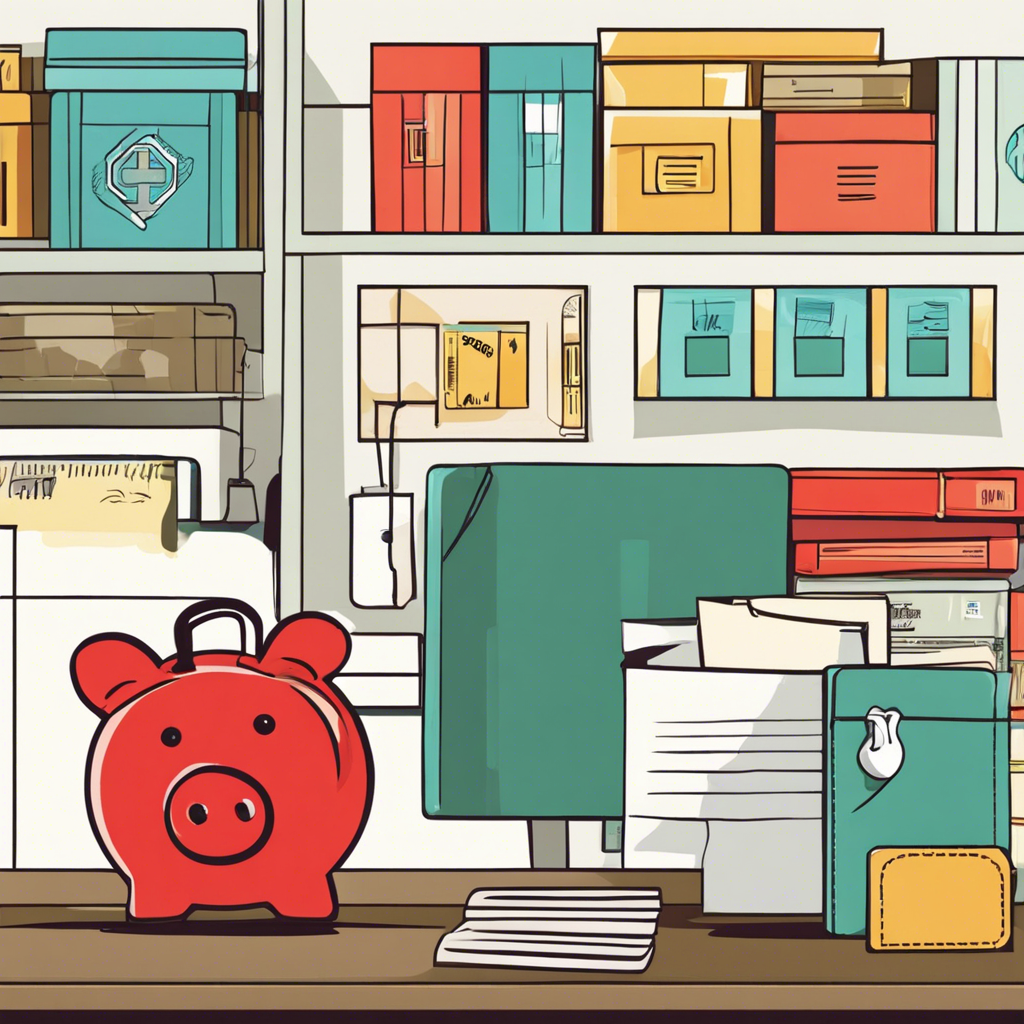Building an emergency fund is a crucial step towards financial security, but it can feel daunting, especially if you’re on a tight budget. However, with discipline, strategy, and a few clever tactics, it is achievable. Here are some practical tips to help you grow your savings, offering peace of mind and financial resilience.
Firstly, define your goal. An emergency fund typically covers at least three months’ worth of essential living expenses. Calculate your monthly costs, including rent, utilities, transportation, and groceries, and set that as your initial target. Breaking down your goal into manageable chunks makes it less overwhelming.
Next, automate your savings. Set up regular transfers from your paycheck or monthly income to your savings account. Even a small amount, like $25 or $50, adds up over time. Treat your savings like any other essential bill that needs to be paid each month. This way, you save effortlessly without even thinking about it.
Another strategy is to cut non-essential expenses. Examine your spending habits and identify areas where you can cut back. For example, you could reduce dining out to once a week or opt for more affordable entertainment options. Maybe you can carpool or use public transportation to save on fuel costs. These small adjustments can free up extra money to put into your emergency fund.
Increasing your income through side hustles is also an effective way to boost your savings. Consider freelancing, driving for ride-sharing services, or renting out your extra space through Airbnb. Even a few extra dollars each week will accelerate your savings journey.
Remember to prioritize high-interest savings accounts. Shop around for accounts with competitive interest rates to help your savings grow faster. Some online banks offer higher rates than traditional brick-and-mortar institutions, so it’s worth exploring those options.
Additionally, don’t be afraid to ask for support. Discuss your savings goals with your partner, family, or close friends, and consider sharing money-saving strategies. Their encouragement and accountability can help keep you motivated and on track.
Building an emergency fund is not just for financial stability; it’s also about the peace of mind that comes with being prepared for life’s unexpected costs. So start small, stay disciplined, and watch your savings grow. Before you know it, you’ll have a substantial cushion to protect yourself and your loved ones in times of need.
One helpful tip is to look for creative ways to save on everyday expenses. For example, take advantage of coupons, loyalty programs, and discount days at supermarkets to reduce your grocery bill. Or, if you’re a frequent online shopper, use browser extensions that automatically apply coupon codes at checkout. These small discounts add up over time, contributing to your emergency fund.
It’s also worth exploring if your employer offers financial wellness programs or resources. Many companies now provide access to financial advisors or online tools to help employees with their money management. These programs can offer personalized advice and strategies tailored to your specific circumstances.
Staying motivated is key. Visualize your progress by creating a savings thermometer or chart to track your milestones. Each time you reach a new goal, celebrate your achievement, and use that momentum to keep going. Building an emergency fund is a marathon, not a sprint, so give yourself credit for every dollar saved.
Finally, remember that building an emergency fund is an ongoing process, and it’s okay to adjust as you go. Life happens, and there may be months where you can save more or less. Be kind to yourself, and maintain a consistent focus on your goal. Over time, you’ll reap the rewards of financial security and confidence that come with having a robust emergency fund.
